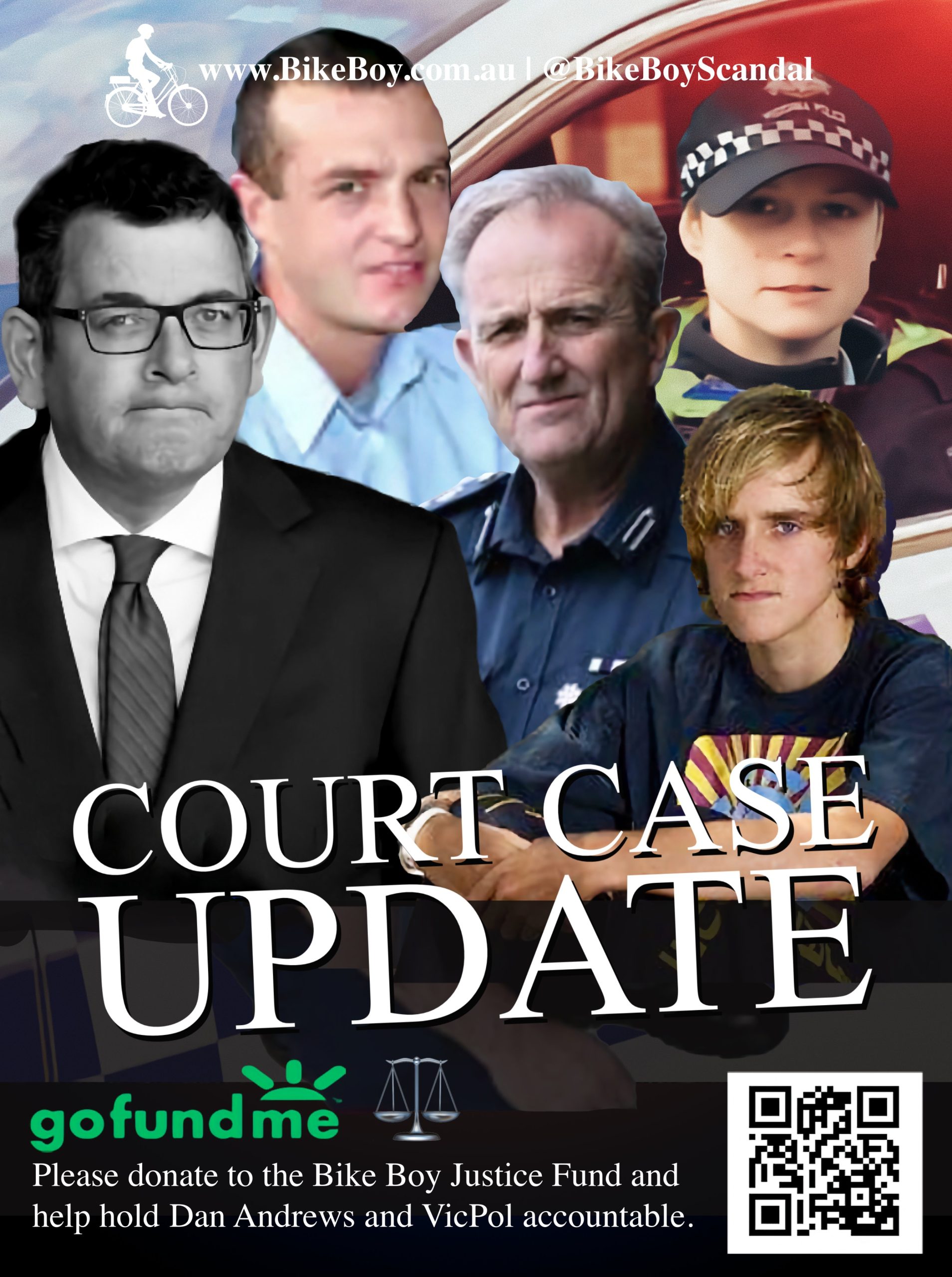For six months now, every trip on Queensland public transport has cost just 50 cents — whether it’s a four-hour trip from Gympie to the Gold Coast, or a five-minute bus from the Gabba into the CBD.
The 50 cent fares were first introduced in the lead-up to last year’s state election by the then-Labor government.

It’s proven very popular with public transport users, to the surprise of absolutely no-one.
Now it’s hit the six-month mark, this is what the data tells us about who’s benefiting, and where.
Public transport patronage up
New data from the Department of Transport and Main Roads has revealed an 18.3 per cent jump in the number of people taking public transport compared to 2023.

Train travel has gone up 18.6 per cent and bus travel is up by 15.8 per cent.
Light rail usage has also risen by 27.5 per cent.

Ferries have had the most dramatic increase in patronage, with figures up 42.8 per cent.
“We’re getting a lot more leisure trips, we’re getting a lot more weekend trips,” Griffith University transport and urban planning adjunct professor Matthew Burke said.
“On weekends, we are seeing a lot more discretionary travel, ferries, intercity trips, people who are doing a trip that they otherwise might not have done, and a lot of that seems to be for tourism.”
A fare saving
A commuter taking the train from the Gold Coast to Brisbane used to pay about $29 per day.
If you’ve been doing that five times a week for the past six months (except public holidays), 50c fares could have saved you $3,640.
Those travelling into the city from Brisbane’s suburbs for work have saved just shy of a thousand dollars.

The fares were first and foremost a cost-of-living measure, and based on those numbers, it’s a good one — if you’ve got access to public transport.
In total, the government says customers have saved around $181 million dollars — money which could’ve otherwise gone into the state’s coffers.

Interestingly, some of the steepest increases have been outside metropolitan Brisbane.
Hopefully this would lead to further investment in rail services outside of Brisbane. It does appear odd no daily passenger service is available between Cairns and Townsville a combined population of voer 300,000 with quality track in place and crews at both ends to runa service. This could be provided easily and what deliver real benefits.
In south-east Queensland the number of people catching public transport increased by 49 per cent in Gympie, 37 per cent on the Sunshine Coast, 35 per cent at Noosa and 21 per cent on the Gold Coast.

Patronage was also up 20 per cent on average across all regional bus networks, with the biggest increases in Townsville (49 per cent) and Mackay (40 per cent).
Could a daily passenger rail service be developed between Townsville and Mackay considering the track is fit for passenger services and there is the ability to run an electrified service between the locations?
“We’ve seen good uplift on the tram on the Gold Coast, which was the first service to get back to pre-COVID patronage levels.
“But we’re also seeing Toowoomba good numbers on the buses, places like Townsville, places like Cairns, and also some of those tourist trips on odd services you may not think of, like the run from Gympie out to Rainbow Beach,” Professor Burke said.
Bump in the road
While it’s not a bad start, Professor Burke believes it could’ve been a much better result had cheaper fares not coincided with significant works on the system.
The construction of the Cross River Rail, upgrades to some inner-city bus stops, and renovations to bridges and outer-suburban train stations had made certain trips painful, and others impossible, he said.

But you can’t choose public transport if your access is limited.
“If you live in Eagleby and there’s only six, seven services a day. You don’t have a lot of opportunity to make a lot more public transport trips,” Professor Burke said.
“We still have parts of Queensland, large cities that don’t have really high-quality public transport where people live.
“The obvious one is the largest city left in the southern hemisphere, in a developed world context — the Sunshine Coast.”
Congestion buster?
Taking a car off the road is possibly the greatest gift a public transport user can give those who can’t or don’t use it.
Hard data on congestion is tough to come by, but Brisbane Lord Mayor Adrian Schrinner has no doubt cheap fares have improved the city’s notoriously bad traffic.
“This is only the beginning. Later this year we’re looking forward to rolling out a new bus network, which will provide more services to more places more often,” he said.

Mr Schrinner said some buses and CityCat ferries had now reached capacity, which he hoped would soon be resolved by additional services and the rollout of new metro buses.
The more than 24-metre-long vehicles can carry up to 170 passengers, while a standard Brisbane bus caters for less than 80.
“Where there’s full services and great demand, that’s obviously where we’ll target new services to,” he said.
Freedom to travel
While commuters with easy access to public transport are the obvious winners from 50c fares, Leanne Wood from Anglicare says there is immense value in giving those who previously couldn’t afford it the freedom to travel.
“We’re hearing stories about families being able to go out on weekends, taking trips to the Gold Coast, for example, from Brisbane,” she said.
Let’s not forget the ability to run commuter services at 160 km/h making daily or twice daily commuter services realistic to replacement by bus or car.
“They couldn’t afford to do that before.
“Ferry trips on the weekend seems to be a really common theme, and into the Cultural Centre.”

Anglicare is doing a survey of social connection and the way cheap transport enables people to engage with their community.
“People are talking more about getting together with family and friends,” Ms Wood said.
“We’re starting to see people talking about feeling less lonely because they’re out and about.”

Business benefit
This ability for people to move has flow-on effects for Queensland businesses.
Emma Clarke from the Queensland Business Chamber says employers love it when more people can travel, because it means they can access a new workforce and customers.

Better transport was a key focus ahead of the state election.Six-month trial of 50c public transport fares launches in Queensland
Photo shows A composite image of a man and a woman at a train station.
Of the businesses they surveyed ahead of the 2024 poll, 45 per cent had major or critical concerns about transport infrastructure, Ms Clarke said.
“In fact, 62 per cent said they were concerned about the cost of accessing that transport infrastructure,” she added.
Data that directly links 50c fares with a boost to businesses is non-existent.
However, Professor Burke believes the added number of people taking leisure trips on the ferries or heading to the Gold Coast is bound to be having a positive impact.
“The number one component of the tourism economy on the Gold Coast is actually day trippers from Brisbane,” he said.
“We are really boosting that tourism.”
ABC Queensland


